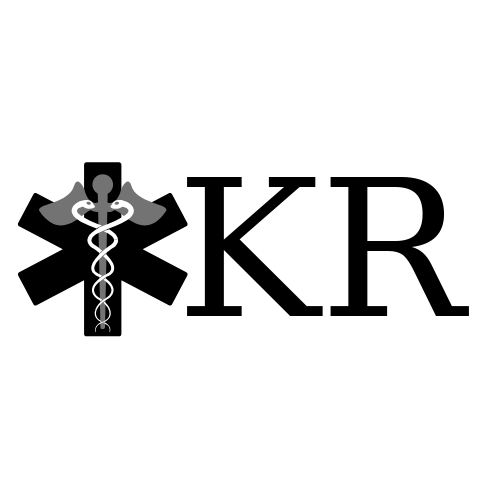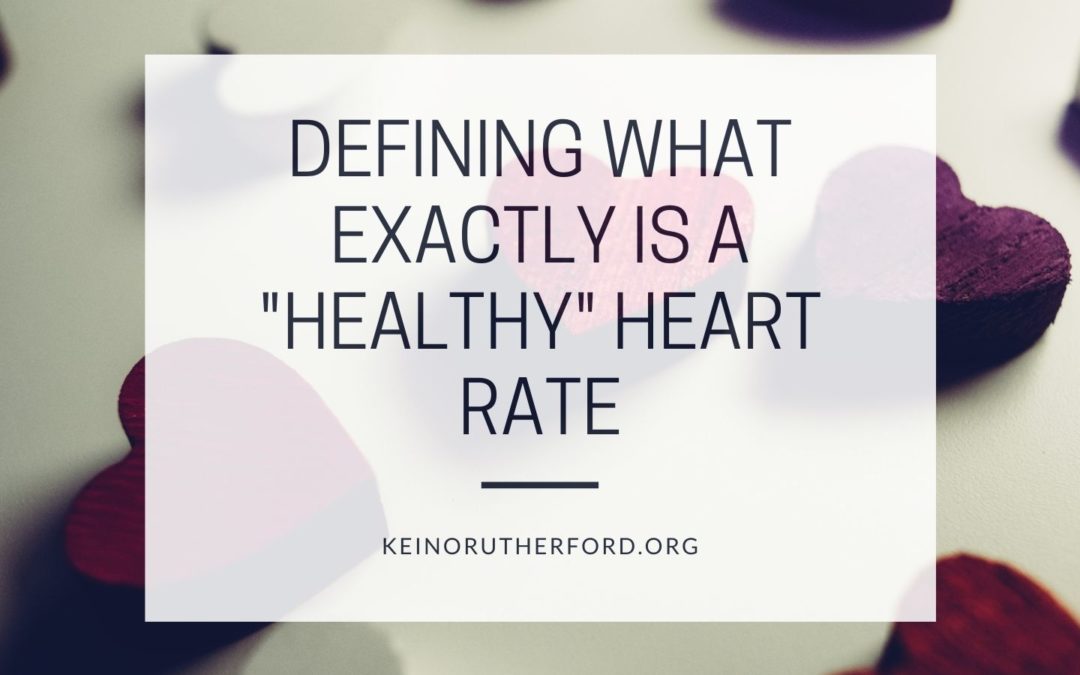What’s a Normal Heart Rate?
For most adults, a normal, healthy, resting heart rate is between 60 beats per minute (bpm) and 100 bpm. For someone looking to see if their heart rate is healthy, it’s important to measure the resting heart rate. If you run a mile and then check your pulse, it will be higher than usual. In fact, many factors will have a temporary impact on heart rate. According to the American Heart Association, emotions (like stress), air temperature, certain medications, and even your body position can affect your rate.
Why is Heart Rate Important?
If someone’s heart rate is too fast, a condition called “tachycardia,” the heart may not be able to pump blood through your body effectively. This can lead to other health problems. According to the Mayo Clinic, common symptoms include shortness of breath, lightheadedness, chest pain, heart palpitations, and fainting. Left untreated, more severe health problems can develop. However, many people with tachycardia experience no noticeable symptoms, which is why it’s important to keep an eye on your heart health regularly.
It’s also possible for a heart rate to be too low (“bradycardia”), but this is a less common problem.
Should I see a doctor?
If someone’s heart rate is over 100 bpm and they’re experiencing any of the other symptoms listed above, it’s probably a good idea to seek medical attention. In the absence of other symptoms, it may not be necessary. But it’s definitely a good idea to keep an eye on heart health. A good strategy is to measure resting heart rate at home when at rest periodically. The number may vary a bit, but it should be fairly consistent. This will provide a baseline. If the heart rate gets higher even without any physical exertion or other temporary causes, it may be a good idea to see a medical professional.

